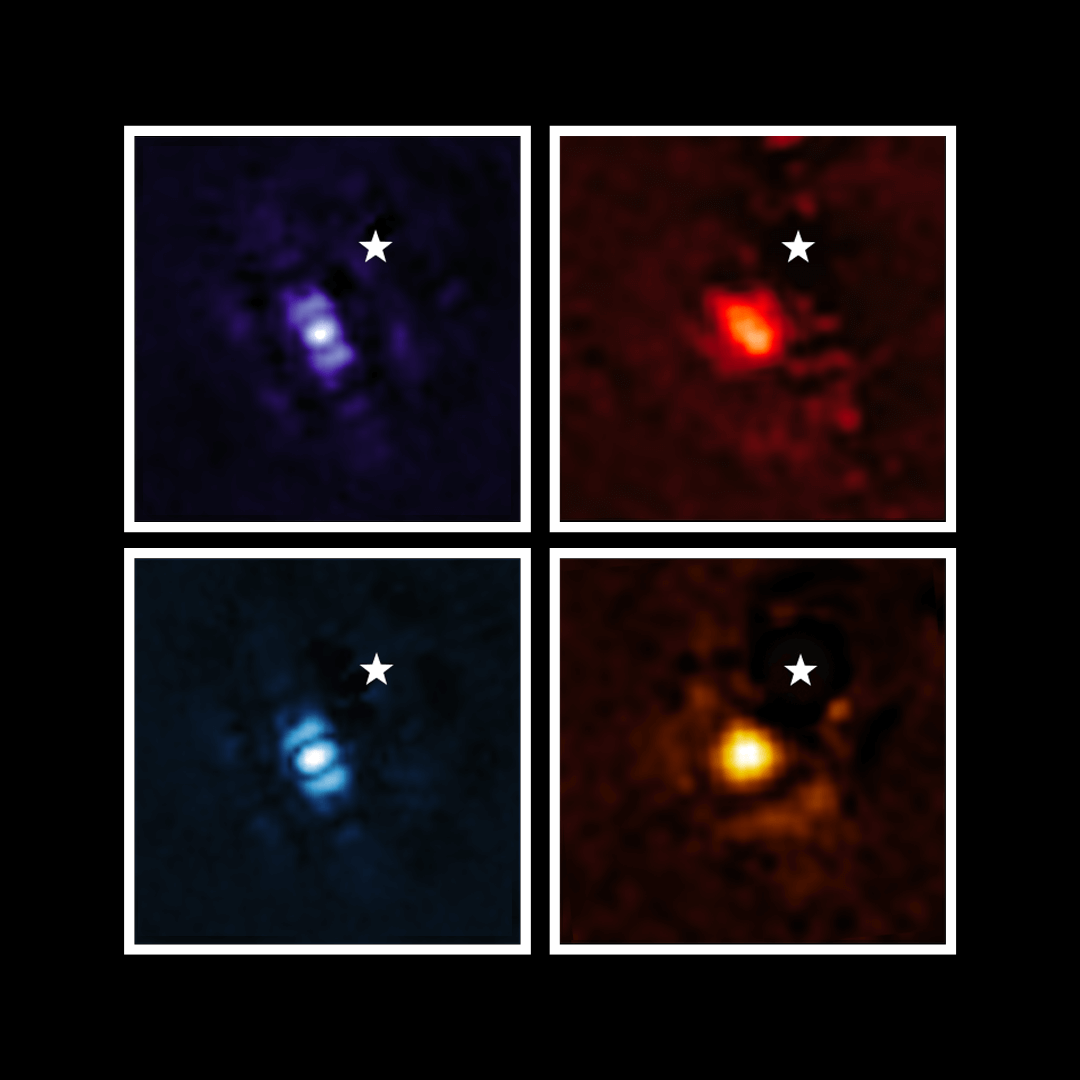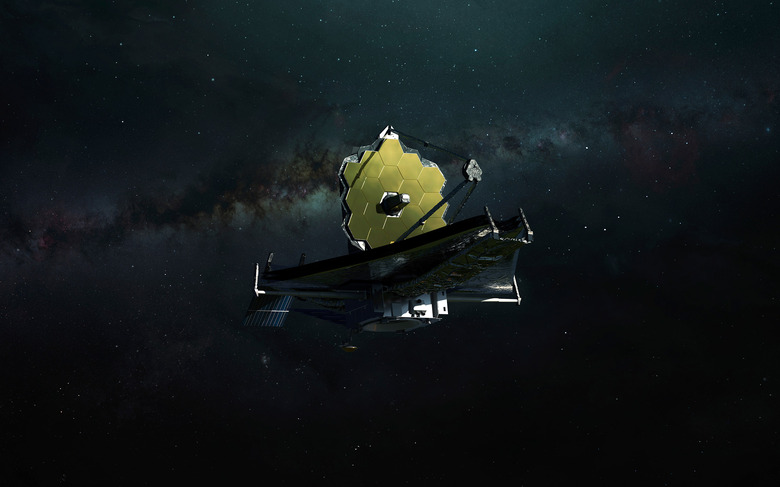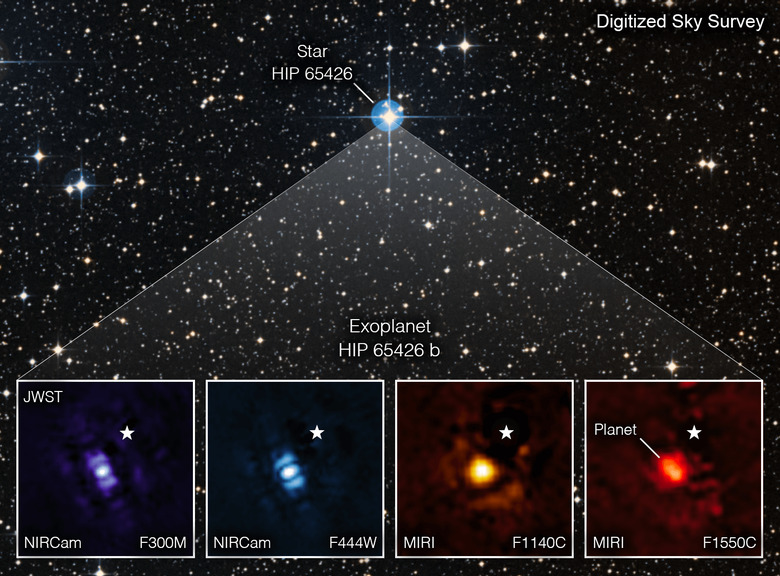James Webb Captures First Ever Image Of An Exoplanet
In yet another historic moment, the James Webb Space Telescope has captured the first-ever direct image of an exoplanet. The planet in question, known as HIP 65426 b, is between six to 12 times the mass of Jupiter. It's roughly 15 million to 20 million years old and was originally discovered in 2017.
The capturing of this new image is so notable because this is the first time we have ever captured an image of a planet outside of our solar system. Yes, we have detected them, and James Webb has even detected carbon dioxide in the atmosphere of one. But this is the first real image of an exoplanet that humanity has ever taken.
Posing for the camera
Astronomers first discovered HIP 65426 b in 2017. They detected it using the SPHERE instrument on the European Southern Observatory's Very Large Telescope, which resides in Chile. At the time, they took images of it using short infrared wavelengths of light. However, Webb's instruments allowed astronomers to view it in longer infrared wavelengths, giving us a direct image of the exoplanet.
NASA notes that the planet has been part of Webb's ongoing missions and that the image showcases how the planet looks in all four of James Webb's camera instruments hasn't been officially verified or peer-reviewed. However, the number of details already presented in this image compared to past observations is shocking.
Additionally, part of what made studying this exoplanet and capturing an image using James Webb's infrared instruments much easier is the planet's distance from its star. HIP 65426 b is roughly 100 times farther from its star than Earth is from the Sun. As a result of this distance, James Webb could suppress the star's light and capture a more detailed image of the exoplanet.

Another part of what makes this image so historic is that it opens up new possibilities for how we study exoplanets in the future. Because we have proven that James Webb can capture direct images of exoplanets, we may be able to look at other previously discovered planets in greater detail. This could help us as we search for more Earth-like planets and signs of alien life.
Ultimately, James Webb is just getting started. And what we've seen so far from Webb's first images and subsequent releases is mind-blowing. Once the space telescope has had a few years to properly dig into its scientific missions, there's no doubt we'll find new things to baffle scientists. And, if we're lucky, we'll even turn everything we know about the universe on its head.

